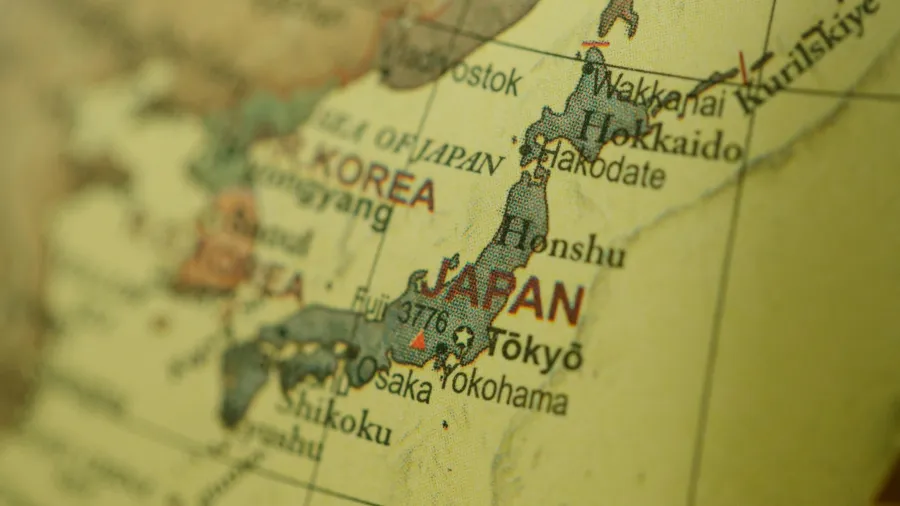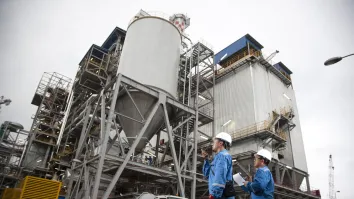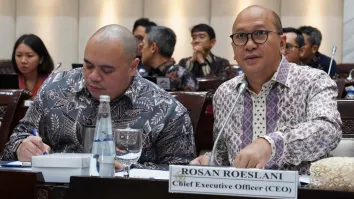
Why Japan’s insurers brace for heavy payouts in projected quake scenarios
Nankai Trough earthquake has a 60% to 90% probability of occurring.
Japanese insurers are facing growing pressure from the possibility of two major earthquakes that the government considers highly likely within the next 30 years.
According to an S&P Global Ratings analysis, a Nankai Trough earthquake has a 60% to 90% probability of occurring, whilst an earthquake beneath Tokyo has about a 70% chance.
The industry’s potential insurance payouts from these events could exceed those from the 2011 Great East Japan Earthquake.
S&P warns that a large increase in claims would mainly hit non-life insurers, particularly through corporate earthquake cover.
Based on government damage estimates, non-life earthquake-related payouts could reach as high as $26.2b (¥4.1t) for a Nankai Trough event and up to $7.0b (¥1.1t) in a Tokyo earthquake, excluding household earthquake insurance.
Industry ordinary income in fiscal 2024 was about $14.1b (¥2.2t), meaning a megaquake could add a loss ratio of roughly 45% for a Nankai Trough event and 12% for a Tokyo event.
Household earthquake insurance would have a limited effect on private insurers because the government shares most of the risk through the Japan Earthquake Reinsurance Company.
The private sector’s maximum financial burden is capped at $2.1b (¥335.7b) under the current scheme.
Life insurers are expected to withstand the impact better. S&P estimates life insurance payouts of about $15.4b (¥2.4t) after a Nankai Trough earthquake and about $1.2b (¥180b) for a Tokyo quake.
The industry recorded roughly $19.8b (¥3.1t) in ordinary profit in fiscal 2024, suggesting life insurers could absorb these losses.
During the COVID-19 pandemic, life insurers paid $8.3b (¥1.3t) in claims and remained profitable.
Financial market volatility remains another concern. After the 2011 earthquake, domestic stocks fell around 15%, long-term interest rates dropped, and the yen initially strengthened before authorities intervened.
S&P notes that insurers have since reduced exposure to equity, interest rate, and currency risks, making them more resilient to similar shocks.
However, a megaquake could still weigh on Japan’s sovereign credit rating because of economic damage and reconstruction costs.
Many Japanese insurers hold large domestic asset portfolios and depend mainly on domestic business, which means their ratings are tied to the sovereign. A sovereign downgrade would place further pressure on insurer ratings.
S&P concludes that whilst Japanese insurers have strengthened their risk management, they cannot fully avoid the financial strain that a major earthquake would bring. The credit impact could exceed that seen after the 2011 disaster.
($1.00 = ¥155.42)



















 Advertise
Advertise







